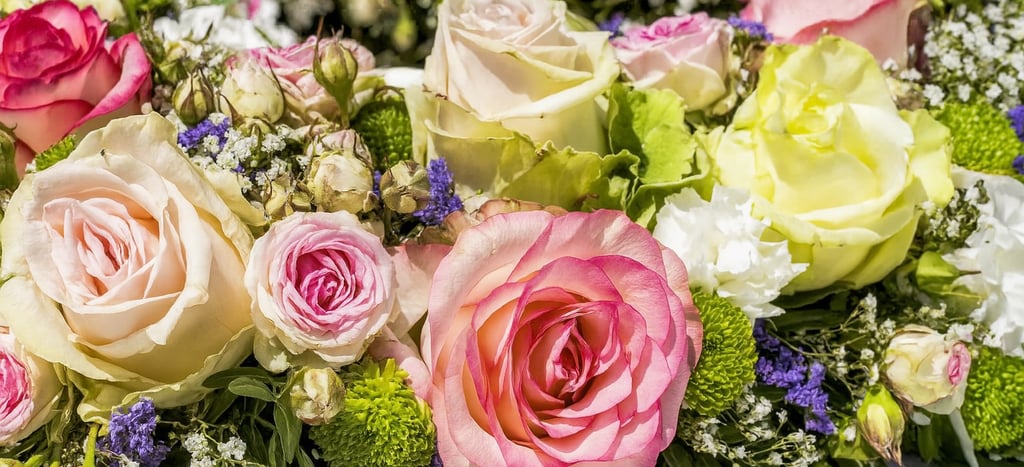Ecuador vs. Ethiopia vs. Kunming: Best Origin for Preserved Rose Production
Preserved roses are in high demand across global markets—from wedding designers in Europe to gift manufacturers in the Middle East. But the origin of the raw rose material plays a key role in quality, pricing, and supply reliability. In this article, we compare three major sourcing regions: Ecuador, Ethiopia, and Kunming, China, to help B2B buyers understand their strengths and limitations when used for preserved flower production.
Ecuadorian Roses: Large, Elegant, But Expensive
Ecuador is famous for its large-headed, high-altitude roses. Grown in Andean regions, these blooms have long stems and symmetrical shapes. When used for preservation, they create stunning results—but at a cost.
Pros:
Oversized rose heads (6–7 cm)
Thick, symmetrical petals
Strong international brand reputation
Cons:
High price point due to labor and logistics
Long lead time for exports
Sensitive to preservation chemicals—requires precise handling
Ecuadorian roses are often used for luxury preserved rose domes or premium boxed roses where size is prioritized over volume.
Ethiopian Roses: Economical, But Inconsistent
In recent years, Ethiopia has become a major fresh-cut rose exporter to Europe and the Middle East. However, when it comes to preserved flower production, Ethiopian roses present challenges.
Pros:
Lower cost per stem than Ecuador
Growing industry support in Africa
Shorter transit time to EU and GCC markets
Cons:
Smaller and more fragile petal structure
Less variety in colors and head size
Preservation success rates are inconsistent
Due to climatic factors and varietal limitations, Ethiopian roses are less reliable for preserved flower mass production.
Kunming Roses (China): Balanced, Stable, Customizable
As the flower capital of Asia, Kunming has become a leading source of roses for preserved flower production. What makes Kunming stand out is its integration of cultivation and processing within one region.
Pros:
Medium to large head size (5–6.5 cm), ideal for preservation
Grown close to preservation factories—minimal damage during transport
Lower overall cost due to local supply chain
Custom breeding and selection for preservation use
Adaptable to custom color orders and B2B requirements
Formulas can be adjusted for different climates (e.g., for UAE or Saudi Arabia)
Cons:
Slightly smaller head size than Ecuador’s premium lines
Some varieties less known internationally (but growing in reputation)
For buyers looking to import preserved roses from China to the USA, Europe, or the Middle East, Kunming provides the best balance of quality, affordability, and scale.
Conclusion
While Ecuador produces some of the most visually striking roses, Kunming offers the most practical and scalable solution for preserved flower production. Ethiopia is cost-effective, but its variability makes it a risky choice for premium floral brands. For B2B buyers seeking consistency, custom options, and fast shipping—Kunming stands out as the most strategic origin.
Looking to source preserved roses with stable quality and competitive pricing? Contact EterniBlossom today to receive our latest wholesale catalog and learn more about our Kunming-grown preserved rose solutions.

